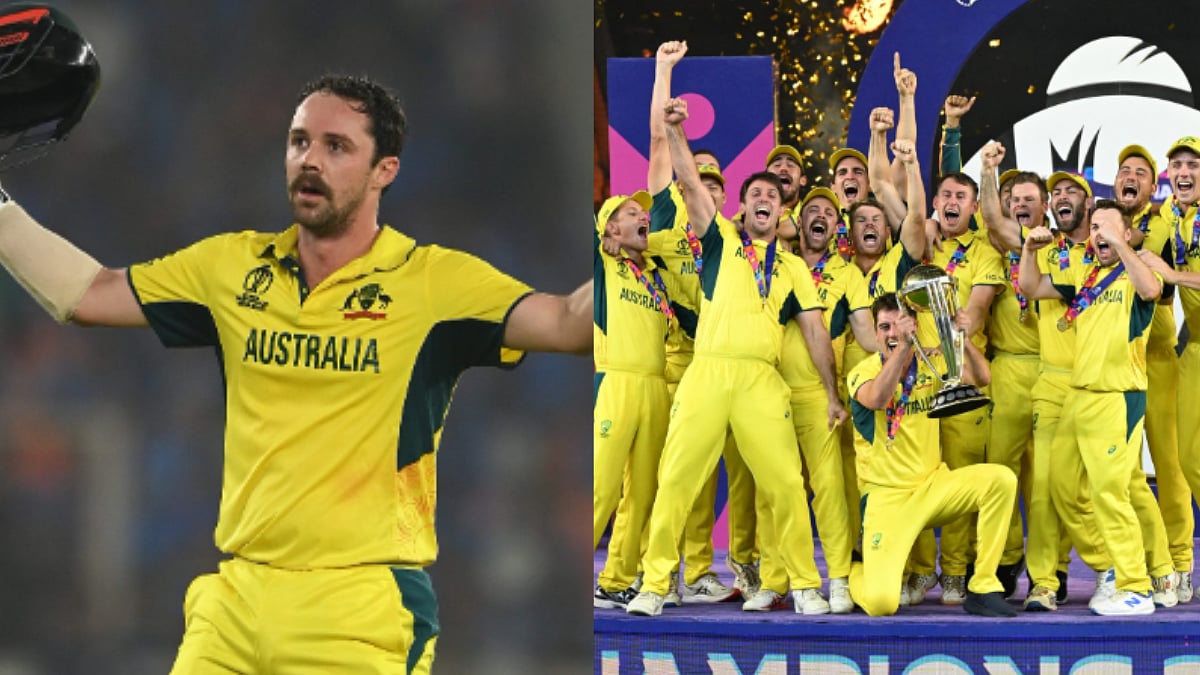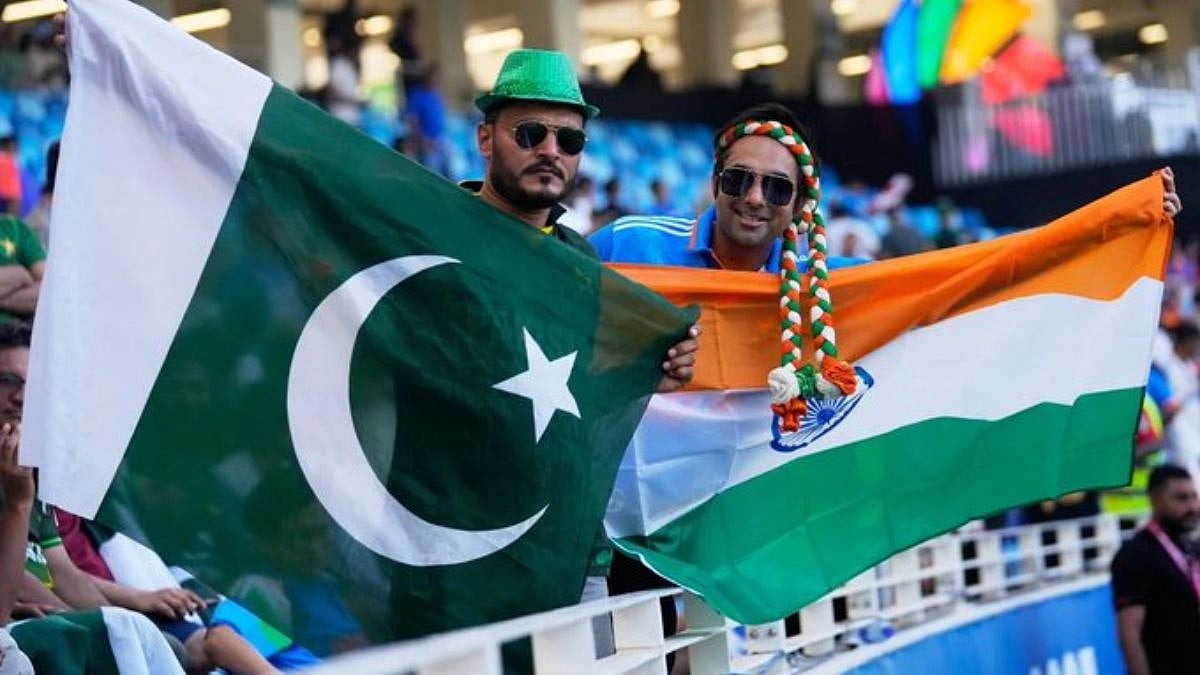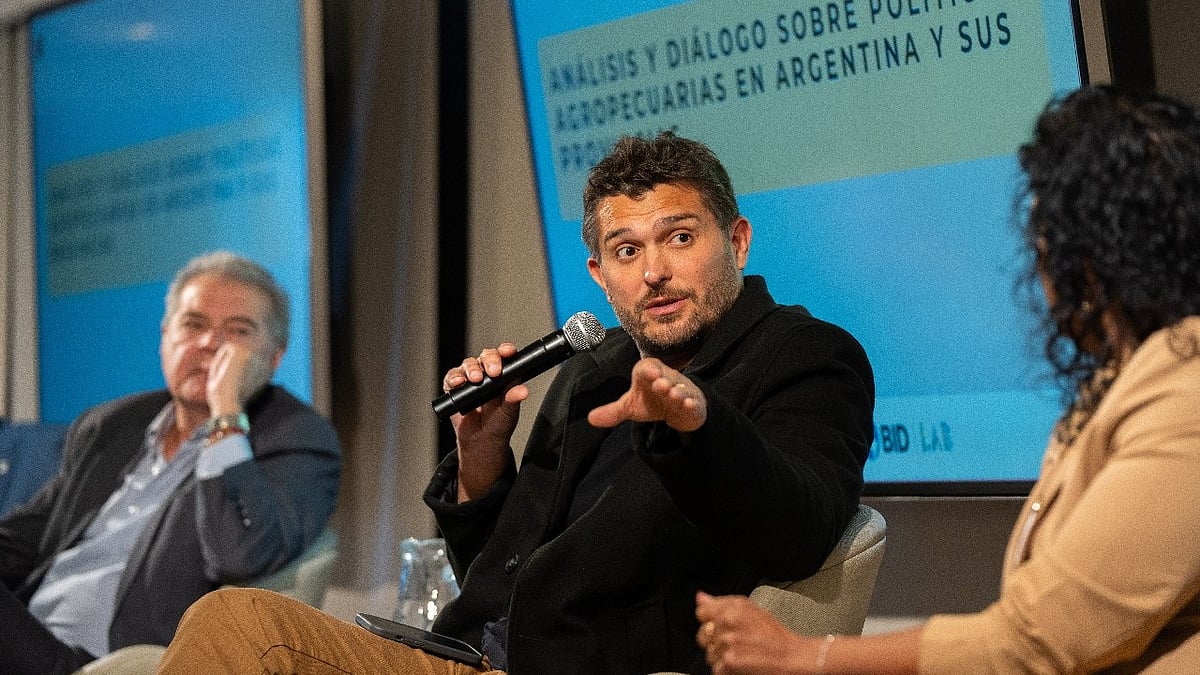A new theatre production Okk Hai Ekdum is making waves for both its content and form. It uses the folk theatre genre of vagha natya to tell the story of a tamasha troupe’s struggles to survive during the Covid Pandemic. For form it uses the same lively witty dialogues to comment on society and the system which failed tamasha artistes in the dire times.
When asked how she conceived the idea and went about researching this Kali Billi Production in association with Bhumika Theatre, Savitri Medhatul who has been working / researching / collaborating with lavani and tamasha artists for 17 years explains: “I’ve produced a documentary film and created theatre performances with them. The focus of my work has always been about sharing stories and lives of these artists. I firmly believe one can’t see an art form and appreciate it independent of the artist. I also believe in creating a collaborative space where everyone can contribute to the creative process,” and adds, “During Corona I was in touch with them and involved in arranging financial as well any other help for these artists.”
According to her the seed of the idea for OHE emerged in 2021 when the Kshirsagar Apte Foundation announced a 3-month fellowship for artists - Ujale Unaki Yaadon Ke. “This was a call to artists across disciplines to create original work that captured COVID in Mumbai. My friend and collaborator Sharvari Sastry and I proposed to work on a ‘Vaganatya’ script reflecting lives of tamasha artists and the hardships they faced during COVID. I was one of the five selected and this is how the idea and first draft of OHE came about,” she reminisces pointing out how it was labour of love for the writers Ganesh Pandit and Sudhakar Pote who worked closely with her. The working title of the production was of course quite different at that point since the project was called ‘Corona Cha Tamasha’ Medhatul underlines why highlighting the struggles of tamasha artists through the pandemic was important. “The reason we decided to include the COVID time period in our play is because it is an experience we’ve all been gone through. Globally everyone can relate to it. We also believe the processing of what happened and healing from this experience can be achieved through arts.”

Apart from Savitri Medhatul herself the production stars Seema Pote Narayangaokar, Sudhakar Pote, Vinod Awsarikar, Panchu Gayakwad,Abhijit Jadhav, Vikram Sonavane, Pradnya Pote, Bhalchandra Pote and Chandrakant Barshinge among others.
She pooh-poohs the suggestion that OHE uses the Tamash-movie based format and points out how the traditional Vaganatya format was not a ploy to draw in audiences. “Not at all. When I start working on a project drawing in audiences is not really in consideration. The focus is on creating a good honest work,” she says and adds, “Our play is based on the Vaga Natya. In recent times due to lack of public demand the performances of traditional Vaga Natya have reduced significantly to the extent of extinction. OHE is also an attempt to revive, reinvent this form and give it a new lease of life.”
As for the choice of Vaga natya to tell the story the writer Sudhakar Pote explains how this is a satirical form popular in Maharashtra for ages. “This includes both mythological as well as social themes. Through this form artists have always commented on current affairs and used it to invoke and mobilise the masses. We have adapted this form in our play and through this we are telling the story of the artist community performing Vaga Natya for several generations,” he explains.
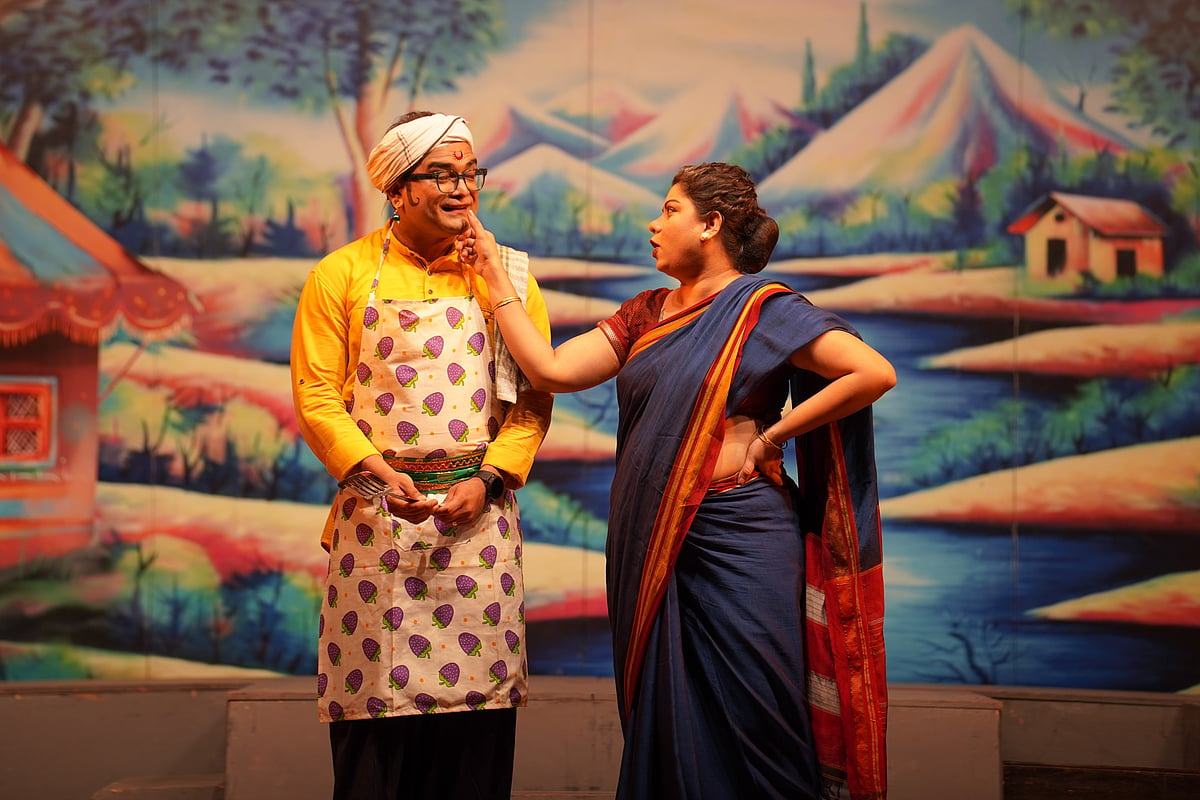
Pote admits how scripting OHE was difficult at first. “I’ve written almost 30 Vaganatya scripts till now but this has been the most difficult…but my best work. Telling one's own story in this form has been a very cathartic experience, I have poured my soul into this script. We just hope that more and more people come and watch our play.”
While locating OHE, at this juncture as an entry point the play engages in a larger conversation about certain grassroot artforms, artist communities and a general governmental apathy towards them. It holds back no punches while highlighting how the glorification of art forms like Lavani, Tamasha, Bharud, Gondhali, Dashvatar in the name of culture is not matched by attention to providing even basic facilities and infrastructure to artists. Today forms like Tamasha are struggling for survival and it has become more critical to talk about it now, engage into a conversation with these artistic communities, understand their struggle and actively participate in finding a solution.
Both the director Pandit and Medhatul laugh when asked about OHE taking several tongue-in-cheek potshots at the system and its failures. Were they not worried about the reaction given how hypersensitive everyone is these days? “Tamasha as a form has always played the role of a critic of the society, says Medhatul and Pote adds, “This genre has always commented on current affairs keeping the audience engaged. We’re just following in their footsteps. If you notice the comments in this play are about generic systemic issues rather than a particular political party.”
Medhatul elaborates on how they arrived at the central character of Chandra - the owner of a tamasha artists' collective who struggles to feed her fellow artists. “Chandra is a Tamasha troupe owner. Her character is inspired by Kantabai Satarkar - the first woman Tamasha troupe owner. Unfortunately, we didn’t get a chance to meet her in person but Dr. Santosh Khedlekar the well-known Tamasha researcher and archivist has written a lovely biography of Kantabai which helped. Also I have spent time with Kantabai’s son and famous Tamasha artist and owner Rghuveer Khedkar and his family. So the core of Chandra comes from Kantabai. The struggle for survival and the incidents shown in the play are the various experiences of many Tamasha artists which I witnessed firsthand during COVID.”
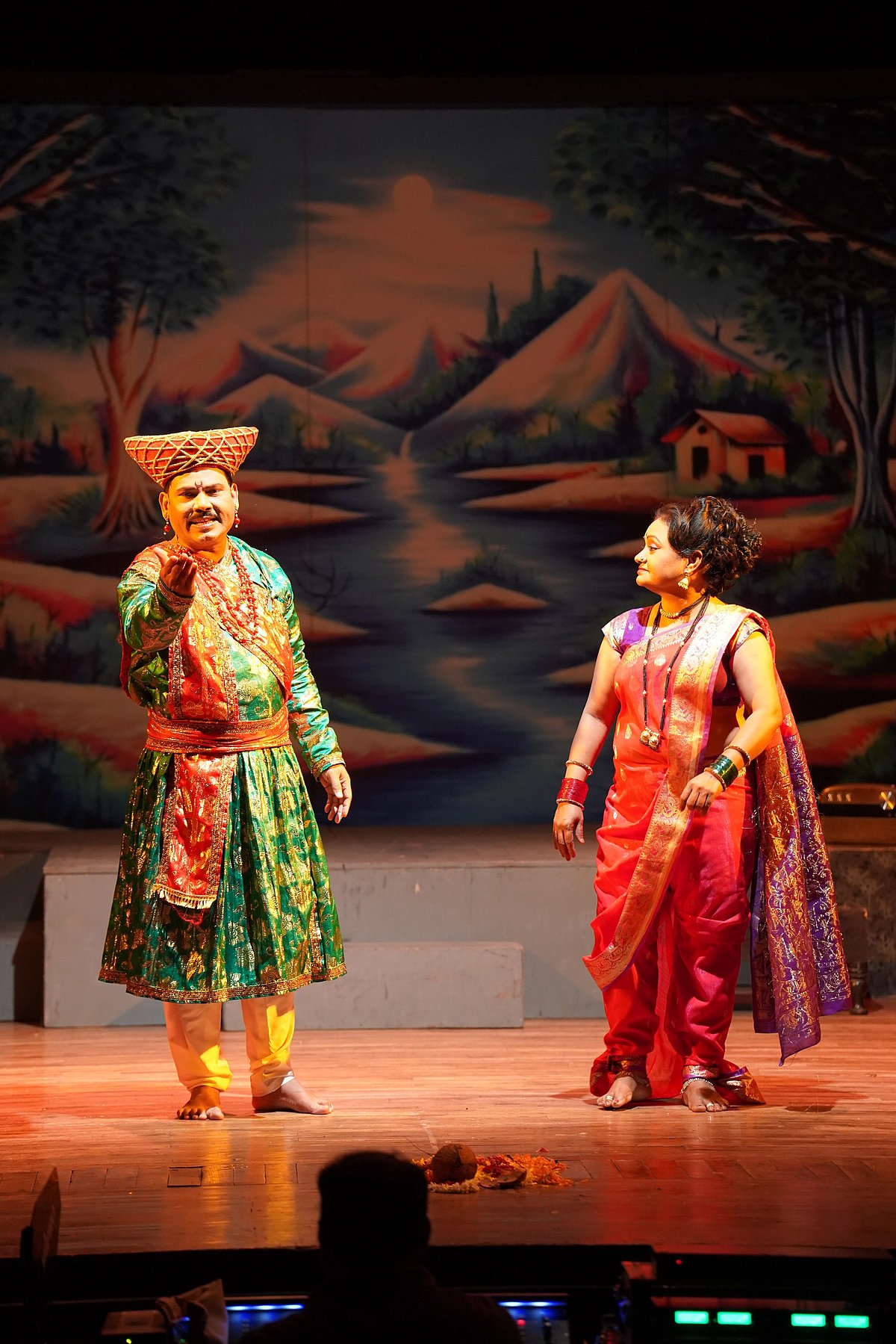
While it can be unpredictable, interaction makes the tamasha draw in audiences. OHE also offers this space making each performance uniquely different. “OHE is a combination of Tamasha and modern theatre. So, there’s a specific design to it and a very structured script. But in that also there are spaces where there is a possibility of improvisation and interaction. This depends on the audience and the actors. And that's why each performance is a different experience for both Team OHE as well as the audience,” explains Pote.
OHE premiered at Edinburgh Fringe Festival in August and received a thunderous response. A spokesperson explained how the festival announced a year-long fellowship ‘Voices From South (2022-23)’ for artists from India, Mexico, Brazil and South Africa. As part of this fellowship selected artists were given funding for research and production of original work, which then got a digital premier during the Edinburgh Fringe Festival 2023. Edinburgh Fringe Festival partnered with Pickle Factory, Kolkata for the Indian fellowship. There was a long selection process including submission of written proposals and personal interviews. Finally, out of 100 applications from across India five were selected. “The panel looking at the fellowships was quite taken with the way Corona Cha Tamasha looked at issues and were happy to award the fellowship for further development of the script and production of the play,” she remarked.
The spokesperson also pointed out how the standing ovation OHE at its premiere attested that the panel had backed the right play.

While it came as a shot in the arm the fellowship also led Team OHE to work doubly hard on the second phase of the project. “Knowing the subject’s mass appeal, I wanted to make a Marathi commercial play. But the draft me and Sudhakar Dada had worked on was not ready for this. So I approached my old friend and well known writer Ganesh Pandit. He loved the idea and agreed to come aboard and work on it.”
Medhatul, Pote and Pandit then worked closely with the team which includes artists from the Tamasha background as well as theatre artists from Mumbai to radically revamp Coronacha Tamasha after it premiered at the Edinburgh Fringe Festival into OHE - a Marathi commercial play.
Little wonder then that artistes who perform in OHE speak so proudly of a production “which reflects their lived reality.” Calling it both a challenge and cathartic Seema Pote Narayangaokar told this writer: “I was born in a Tamasha tent. For me Tamasha and Lavani are my life and my identity. After performing Lavani for nearly 40 years, finally OHE has given me an opportunity to tell my story. It wasn't easy, but I’m very happy our story is reaching people and they are appreciating it. We want to take this to as many people as possible.”
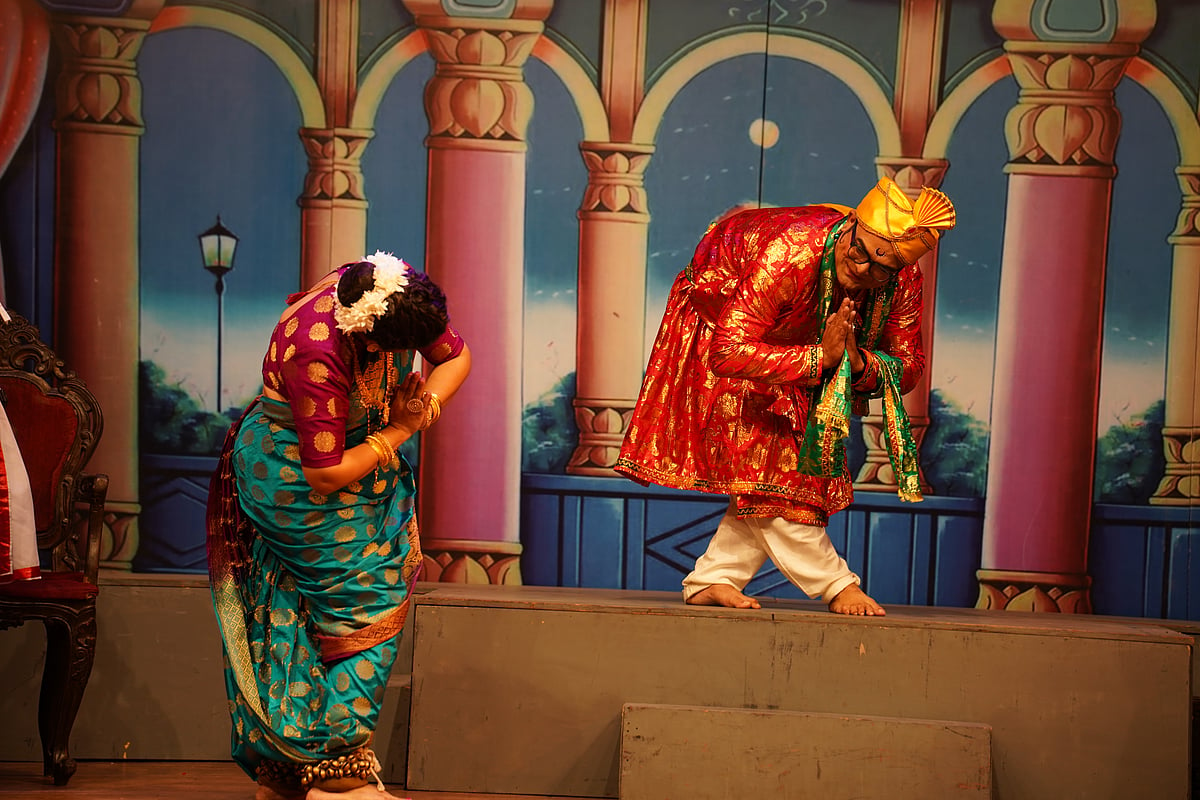
Her voice is echoed by Vaibhav Panduranga Satpute who has an experience of 19 plays under his belt. “Working on OHE has been a life changing experience for me. Most importantly because I got a chance to work with traditional Tamasha artists. The rehearsal was an intense process of learning and unlearning. The character I play is a complex and challenging character that puts my acting muscles through rigorous test. Working on this play has made me a better artist and a better human being.”
Alongwith OHE Savitri Medhatul also has another new show called Lavanyavati which explores the idea of who is Lavanyawati and how this has been represented over the last 200 years. “We premiered that show at Goa’s Serendipity Festival last year. As for the much acclaimed Sangeet Bari she admits that it is time to move on. “We are currently not doing any Sangeet Bari shows. But the full video of Sangeet Bari is available on Youtube for free.”
When asked to comment on the cinematic takes on Tamasha that films like Chandra or Natrang create Medhatul doesn’t hold back the punches. “Whether new ones or old, Tamasha films have boxed in Tamasha artists into strait jacketed stereotypes (barring few exceptions).” She observes how the portrayal of women Tamasha/Lavani performers in these films makes them out to be overtly sexualied vamps or paragon of virtue sati savitris ready to martyr themselves thus ignoring complexities of these women characters/artists as human beings.”
This writer can affirm that is not the case with OHE at all where everything is kept real, warts and all!

